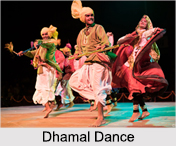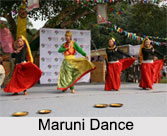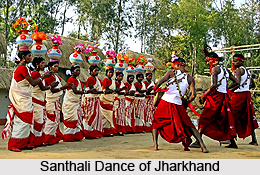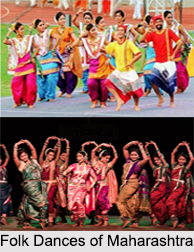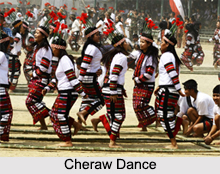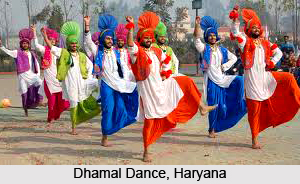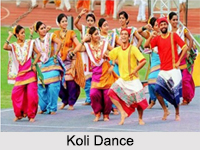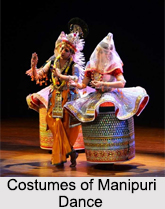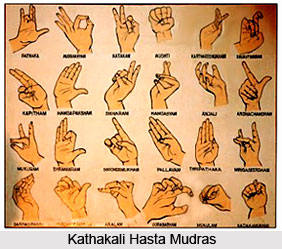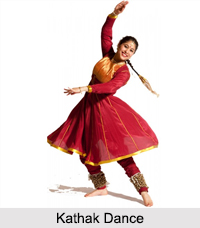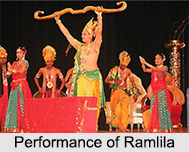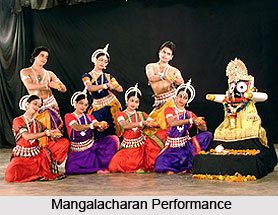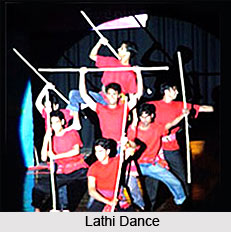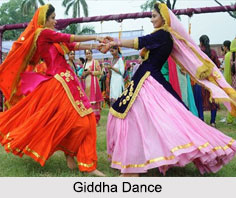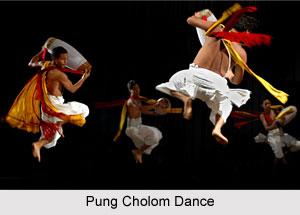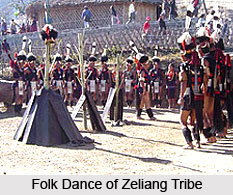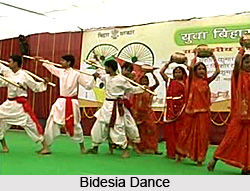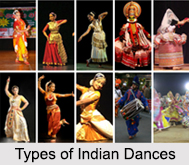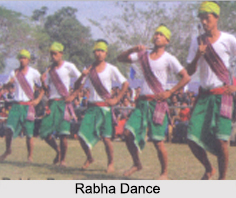Introduction
Chheih lam is a folk dance performed in the North Eastern state of India, Mizoram. Chheih lam is a very popular dance. The lyrics sung for this dance are in triplets. They are normally fresh and on-the-spot compositions. Basically, they recount their heroic deeds and escapades as well as praise the honoured guests who are watching it. This folk dance provides one an opportunity to get a glimpse of the rich culture of the Mizo people.
Etymology of Chheih Lam
Literally, the terms "Chheih" and "Lam" mean "exclamation of joy" and "dance" respectively. Hence, this folk dance is the celebration of the spirit of joy and exhilaration.
History of Chheih Lam
Chheih lam is a community dance and it originated in the year 1900. Interestingly, the dance was developed for stage but it evolved through community involvement and participation.
Evolution of Chheih Lam
Chheih Lam underwent significant changes after 1913, influenced by the arrival of Christianity in Mizoram in 1894. The introduction of this new faith brought a shift in cultural practices, as many traditional Mizo customs were deemed incompatible with Christian teachings. Among the most affected were the traditional dances and songs, which were often viewed as remnants of a pre-Christian era and labeled as unsuitable for the new religious context.
The ancient songs of Mizo ancestors, including those linked to Chheih Lam, were dismissed as relics of an earlier, pagan way of life. This led to their gradual decline in mainstream cultural practices. However, the revival of Puma Zai, an ancient dance and song form, marked an effort to reconnect with these traditional roots. The older songs that survived became known as Puma Zai Siper, representing a fragment of the past that persisted despite changing attitudes.
Chheih Lam, too, found a place among those who clung to the traditions of the past. It was preserved by non-Christian groups and occasionally repurposed as part of their spiritual practices. Unlike other traditional songs, Chheih Lam is often performed solo or as a duet, keeping alive its unique cultural essence while adapting to the evolving societal landscape.
Theme of Chheih Lam
Chheih Lam is a vibrant dance that radiates joy and excitement, reflecting the rich cultural traditions of its performers. This lively dance is accompanied by a song called Chheih Hla, characterized by its short, spontaneous three-line stanzas. Despite their simplicity, the lyrics carry profound meaning, often celebrating heroic acts and adventures within the community.
Rooted in inspiration from the Puma Zai songs and the Tlanglam dance, Chheih Lam holds a special place in social gatherings. Traditionally, it was performed in the evenings, with participants sharing rounds of rice beer under the cool night sky.
The Zawlbuk Dance Group, a renowned ensemble, frequently showcases this spirited art form. Their performances not only preserve this cherished tradition but also honor and entertain spectators, often including them in the joyous celebration. Chheih Lam embodies the essence of communal pride and festive exhilaration, uniting people through its dynamic movements and heartfelt lyrics.
Performance of Chheih Lam
In a traditional Chheih Lam performance, dancers form a circle, squatting gracefully on the floor. At the center of this vibrant gathering, a solo dancer takes the lead, reciting a rhythmic song while expressing its essence through intricate movements of the body and limbs. This central figure sets the tone, infusing the atmosphere with energy and inviting the circle to join in the celebration.
He exhibits various jerking movements of legs and gentle movements of hands and body. Though, this dance is physically tiring but it relieves one from mental stress. Its physical benefits are enormous. Chheih Lam is performed throughout the year. It is generally performed in the evenings when the day’s work is done. However, it can also be performed on any occasion.
One of the most captivating aspects of Chheih Lam is its inclusivity. The main aim of the dance is to unite everyone and spread happiness. Spectators are not merely passive observers because they are encouraged to step onto the dance floor and become active participants in the lively performance. This welcoming spirit fosters a strong sense of community, uniting everyone in the shared rhythm of the dance.
Traditionally, both men and women take part in Chheih Lam, showcasing the dance's unifying power. Married couples often join hands, symbolizing harmony, while other participants collaborate seamlessly to maintain the fluidity of the circle. The interplay between the performers and the audience creates an electrifying and immersive experience, highlighting the dance's role as a communal celebration. Chheih Lam transcends being just a performance, it becomes a joyous expression of unity, culture, and shared human connection.
Musical Instruments of Chheih Lam
In terms of musical instruments, either the sounds of a drum or a bamboo tube or clapping of hands are heard. The rhythm of the dance is set by the synchronized clapping of hands, creating an engaging and energetic atmosphere.
Costume of Chheih Lam
The participants wear colorful ethnic attires that feature the rich creative background of the Mizo people. Ethnic jewelries accompany the costume. The entire dress up complements the dance and makes it look more beautiful.
